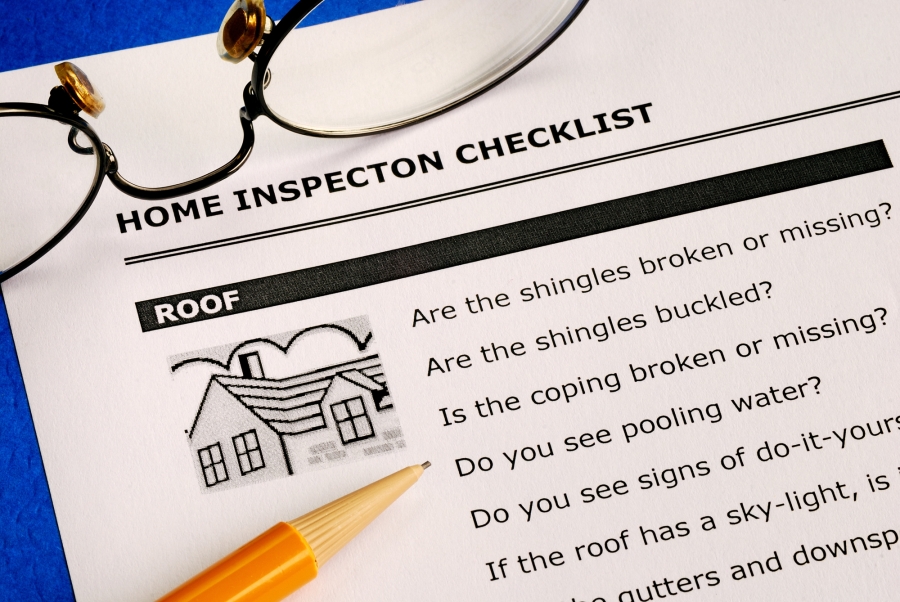
10 Home Inspection Report Red Flags to Watch Out For
It can be stressful trying to find the perfect home. After all, buying a home is one of the biggest purchases most people make in their lifetimes. You want to make sure you have things exactly right before making that big of a financial dive.
The home inspection report, then, is a key part of evaluating whether you’ve found the right home for you. A few small things on a report should be no big problem, and a little fixing up is part of any home-buying procedure. However, there are some red flags to look out for that might be dealbreakers.
Which big problems should you keep an eye out for? Read on and we’ll walk you through everything you need to know.
- Old Plumbing
There are some benefits to buying an older property. The architecture might be attractive, the history fascinating, or it might just be truly built better at the end of the day.
But there also risks involved in buying an old property. Some of what you don’t see might not be in as good of working order as you would prefer. Not only are faulty pipes a source of trouble, their placement underground and behind walls means they are incredibly expensive to fix.
Take a look at what kind of trouble your report has dredged up. Is there plumbing issues at just one sink or drain in the home? Then the issue might not be too complicated to fix. But if all pipes, drains, and sinks in the whole house show an issue, then that might be a red flag not worth attempting to overcome.
- Faulty Electrical Wiring
Bad electrical wiring can be just as harmful and expensive to fix as bad plumbing. In some ways, poor wiring can be worse: it is the leading cause of home fires. That means it’s a must-fix situation that can greatly cause your home renovation budget to inflate.
Not only that, they can cause prices to rise in other areas as well. Bad wiring can be so dangerous that many home insurance companies will raise their prices on you if they discover your home has bad wiring.
Faulty electrical wiring can also impact areas of your home like your furnace. If your furnace is unsafe you’ll need to bring in a professional to get things to work again. The last thing you want to do is bring your family into an unsafe home.
If the home you’re looking at is an old home, it’s worth asking about the electrical updates to the home upfront. If it hasn’t been updated in nearly a decade, it’s a big red flag that might leave you looking elsewhere.
- Mold Of Any Sort
Mold forms in old places left uninhabited. So on some level, you shouldn’t be shocked if mold arises on your home inspection report. But you should take a double look at the details surrounding the mold before signing anything on any kind of dotted line.
There are cases, as we mentioned, where the mold is the result of neglect and can be easily cleaned up and removed. However, it’s important to look into the cause of the mold. Is it just neglect, or are there moisture issues in the home? A lack of ventilation?
It’s important to look at the problem behind the problem, or else the mold might just keep coming back, even after you move into the home. Replacing these kinds of issues can be a lot more complicated and expensive. It might mean replacing air ducts or windows entirely: more of a fix-it-up job than you might have initially realized.
- Structural Issues
It can be so hard to receive bad news about a home you loved during a home inspection report. But it’s important to take this new development seriously, especially if it relates to structural issues.
A cracked foundation or weak walls can mean bad news for the long-term future of a property. Not only can it mean that the home is unsafe to live in, but it could also mean seriously huge repairs required some years down the line. It might mean your hopes of re-selling the home after you’re done living there might be a fantasy.
If you see misaligned door or window frames? Or cracks in the basement floor during your visit? They’re likely symptoms of larger structural issues. Home sellers are required by the law in most states to disclose this kind of information.
If a seller has refused or avoided informing you about structural issues in the home, you can legally drop out of the process even if you’ve already begun transferring ownership of the home. You might even be able to take a seller to court if they’ve failed to be upfront about the true status of the home.
When it comes to red flags, there are few that need to be taken more seriously than structural problems. This is the very foundation that your home lies on, and it needs to be strong for the many years to come.
Reading A Home Inspection Report
If you find a home you love, you probably wait for the home inspection report to come back with fingers crossed. Unfortunately, if any of the above red flags are present in the report, it may be worth considering if your purchase is really worth the trouble.
Need more real estate advice? Check out our blog for more information.
